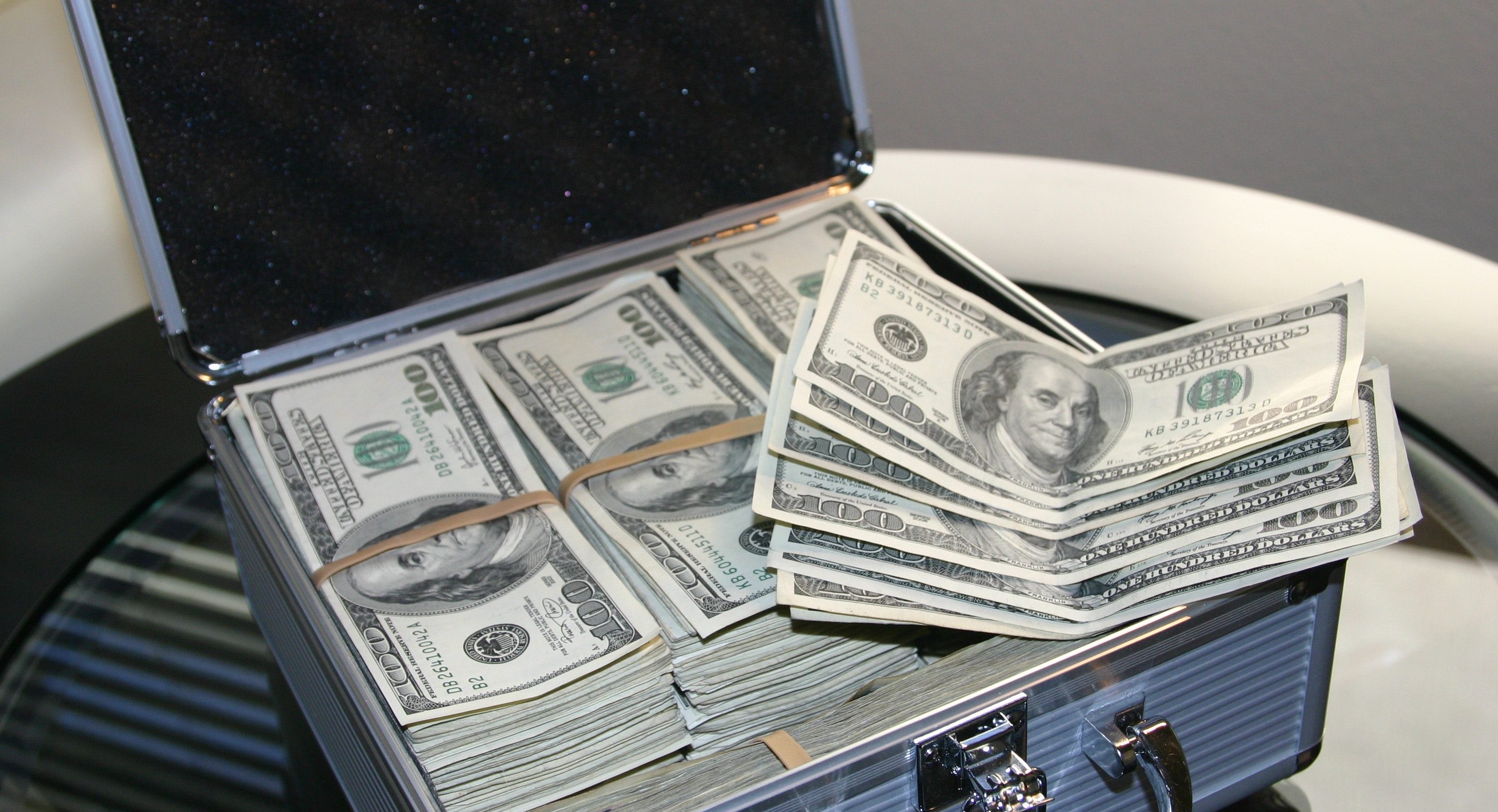Originally published on Society of Nonprofits
By Mark Dixon
As you prepare your financial plans for the year ahead, be sure to examine your cash position. It’s important not to amass cash at the expense of much-needed investment income.
Many nonprofits believe they should maintain a cash reserve of three to 12 months of operating expenses. However, while it’s certainly prudent to keep a sensible amount of cash on hand for payroll, for expenses, and to cover financial shocks and surprises, many nonprofits routinely hold too much cash in money market accounts.
The underlying reason to hold cash – to keep funds safe and available for a rainy day – is a sensible one. But most cash holdings can be held instead in short-term investments that can provide additional yield without taking on significant risk.
Seeking to find the right balance should start with a detailed analysis that reveals when cash flows come in and when payments and distributions are needed. For example, organizations funded via regular scheduled payments or grants don’t need as large a cash cushion as an organization that generates a great deal of its cash through seasonal fundraising. Once the minimum cash reserve (including some money for surprises) is calculated, the excess balance should be invested unless there are financial reasons, such as a loan covenant, that demands a certain cash position.
While cash is invested, it should be maintained in vehicles that carry minimal risk, such as mutual funds, with the duration of those investments matched against when the cash will be needed. While an organization doesn’t typically need all its cash tomorrow, it might need some of those funds in six months, one year, or two years, and these monies should be invested accordingly. Many ultra-short- duration products, which invest in bonds that mature in a year or less, and short-term bond funds (with maturities of 1-3.5 years) will capture some additional yield for taking on minimal interest rate risk. Nonprofits can also consider short-duration TIPS (Treasury Inflation-Protected Securities).
Rates are expected to rise after being held close to zero for the years following the financial crisis. Although fixed income investments will temporarily lose money if interest rates rise, losses are likely to be very limited given the short-term nature of the investment. Ultrashort funds are able to reinvest maturing debt at higher yields as rates rise. Still, it’s possible that such funds could su er short-term losses in the rare event of interest rates rising rapidly or in the case of a credit event. It’s extremely rare, however, that such vehicles lose money over extended periods of time.
A decade ago when cash deposits paid as much as 4%, many organizations saw little reason to chase an extra percentage point of yield by investing their cash reserves. Fast forward to today, with the rate of inflation now exceeding the return on money market accounts and yields on investment portfolios challenged by a low-yield environment. Being smart with cash makes more sense than ever.
Mark Dixon is the Institutional Investment Consulting Practice Leader at Plante Moran Financial Advisors in Detroit.

